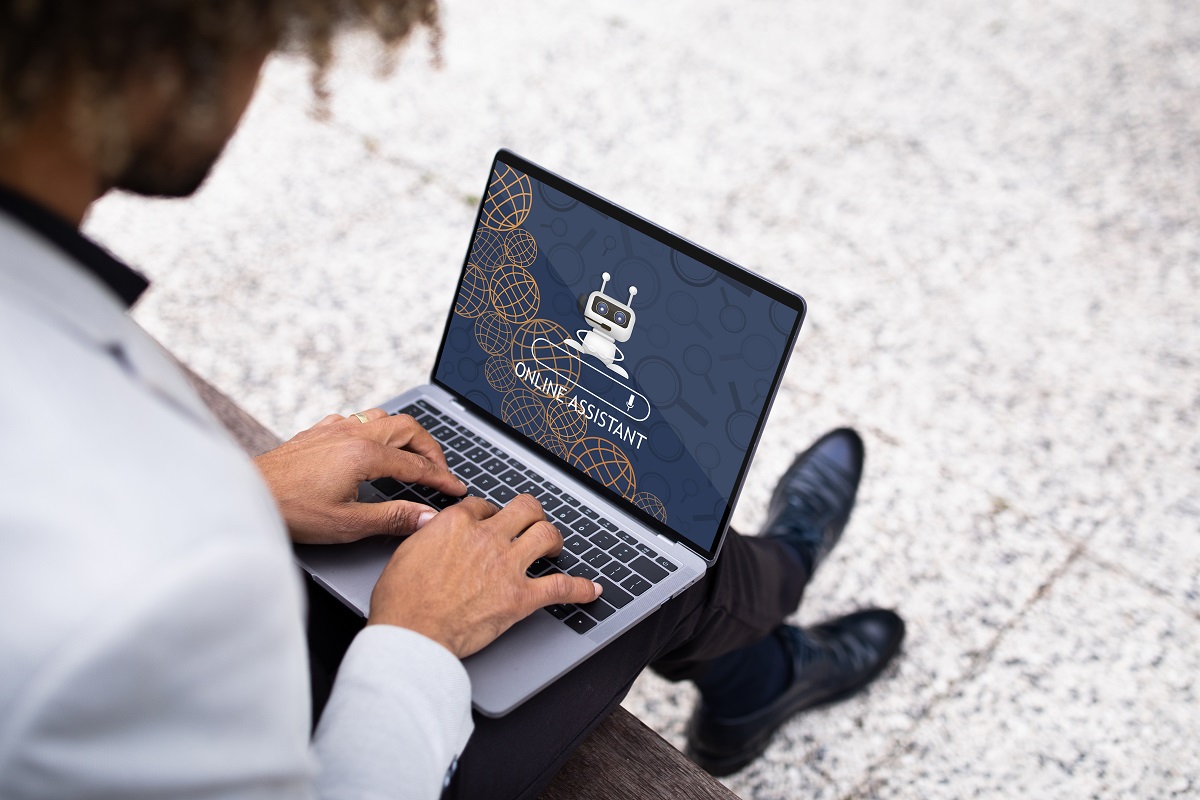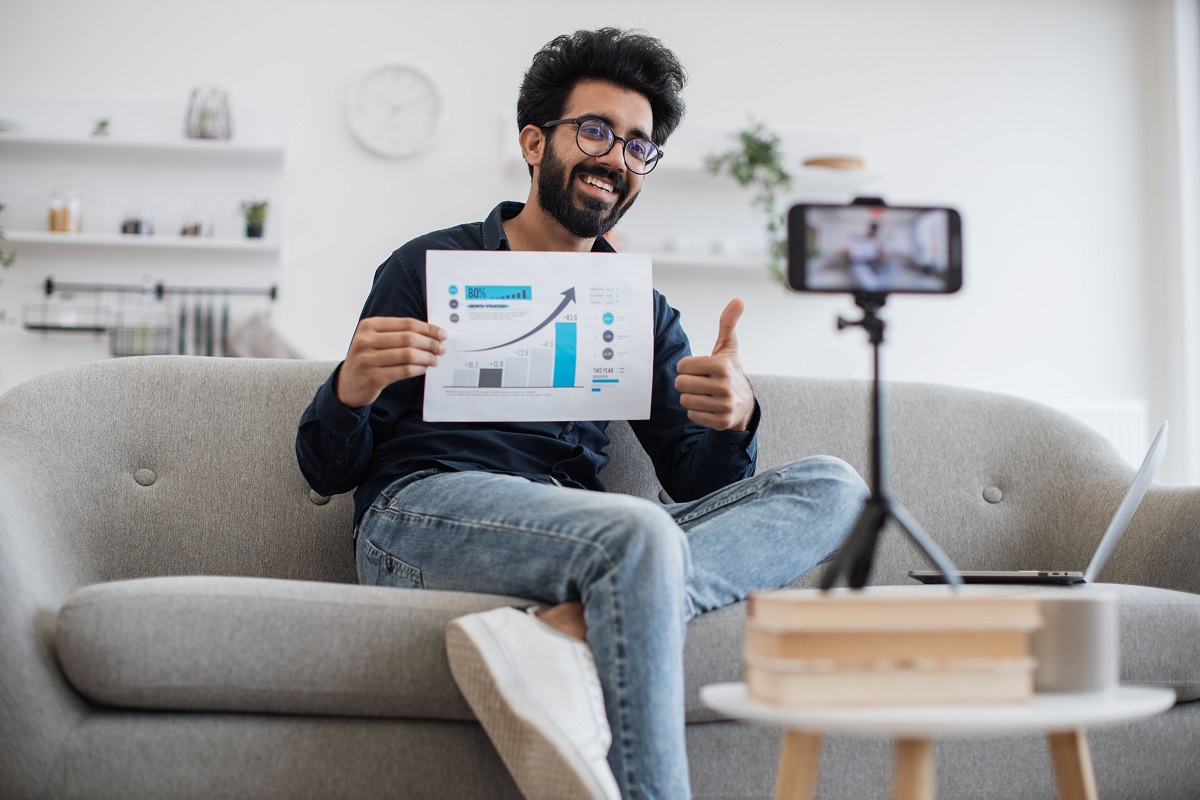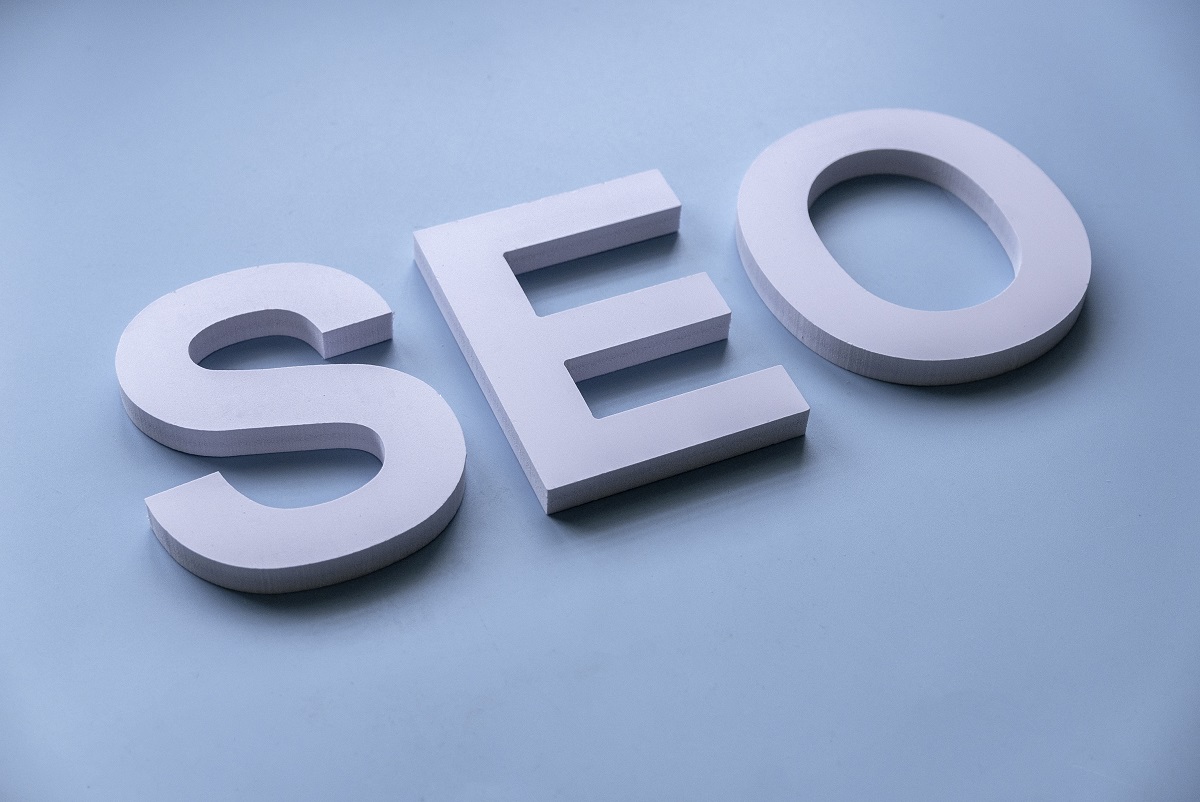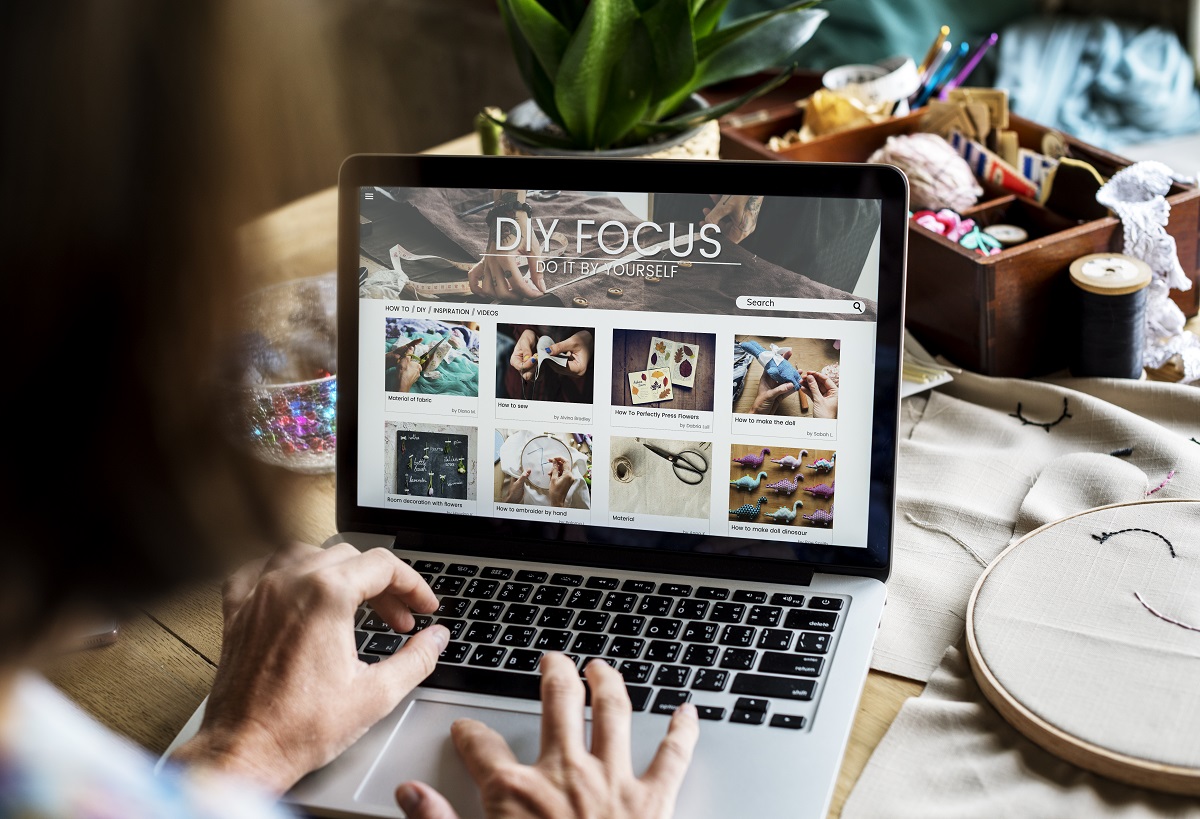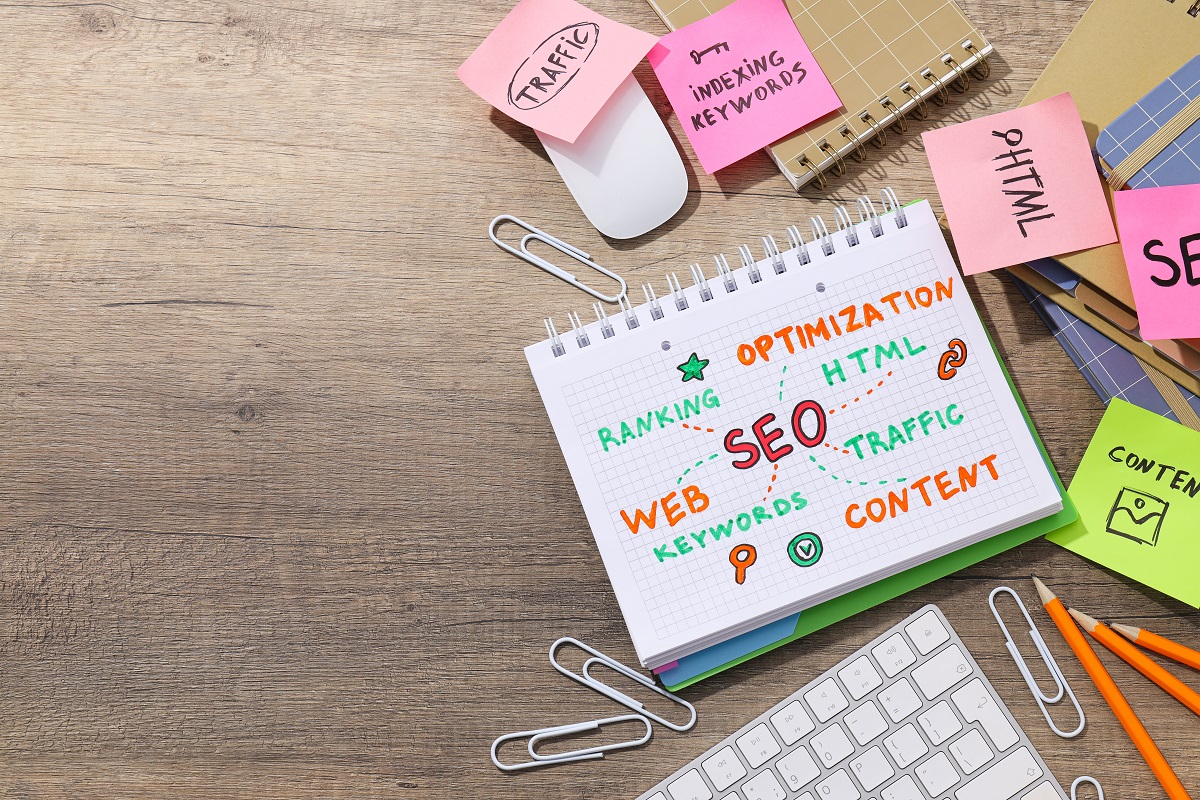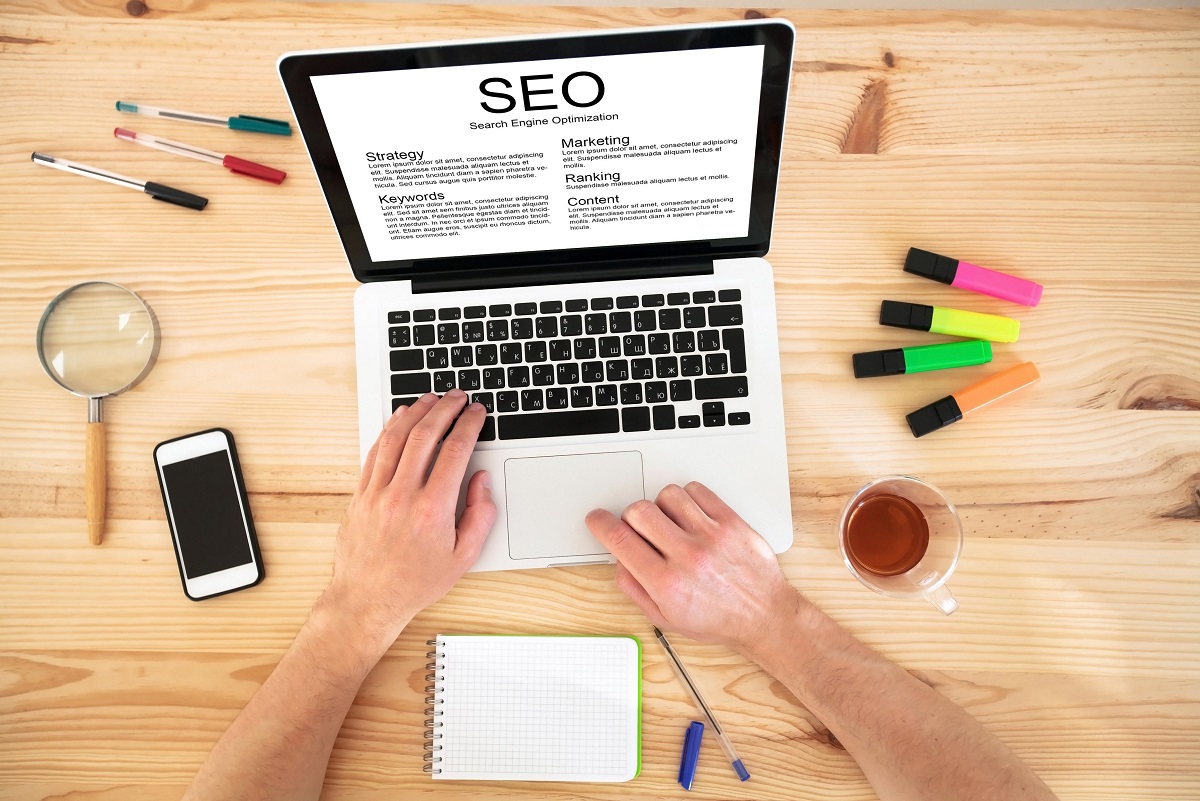Understanding Google AI Overviews: How They Shape Search Results
Key Takeaways What Are AIOs? A New Paradigm Core Distinctions User Experience How AIOs Function 1. Information Synthesis 2. Data Sourcing 3. Algorithmic Ranking 4. Result Generation 5. Machine Learning Search Impact Visibility Shift Traffic Dynamics Keyword Triggers Content Optimization Topic Authority Structured Data Factual Accuracy User Intent Technical Readiness Site Architecture Performance Metrics Content Controls The Human Element Trust Signals Authoritative Voice Ethical AI Conclusion Frequently Asked Questions What is a Google AIO? How do AIOs affect search results? Can AIOs replace human content creators? What technical requirements are needed for AIOs? How do AIOs optimize website content? Is using an AIO safe for my website? Why is the human element important when using AIOs? Key Takeaways Google AIOs deploy generative AI for in-depth, context-sensitive responses, signaling a move away from classic keyword searches toward more natural information access. AIOs improve user experience by providing immediate, pertinent information and minimizing cognitive load, allowing users to make better decisions more quickly. Treating AIOs as new publishers, and optimizing for them means paying special attention to topic authority, structured data and factual accuracy. Decoding user intent and matching content to specific queries are fundamental to thriving in the AIO realm. SEO for AIOs. tips for adapting your seo to aoi-caused shifts in visibility, traffic, and ranking factors Fostering trust via transparency, authoritative information, and responsible AI enables users to become comfortable with and rely on AIO-generated outcomes. Google AIO, an abbreviation for Google All-In-One, presents a collection of tools and functionalities that aggregate several Google services into a single location. Users can engage with search, cloud storage, email, and productivity apps without toggling between tabs or devices. They all link with each other, so files, emails and calendar events are updated in real time, across the platform. This configuration allows users manage projects, collaborate, and stay on top of updates in a single environment. Google’s smart tech keeps everything running seamlessly and securely, providing users with a convenient and intuitive system to handle their everyday needs. The following sections highlight what powers Google AIO, what it’s used for the most, and why it benefits both organizations and individual users. What Are AIOs? AIOs (AI Overviews) are a new search result type that leverages machine learning to provide concise, digestible answers to user questions. They tend to show up for queries where people used to click less, particularly on educational/informational searches. Google has begun to deploy AIOs on desktop and mobile, altering the way millions of users engage with search results. A New Paradigm AIOs represent a transition from simple keyword matches to complete context answers. Rather than merely provide a list of links, like these overviews use generative AI to summarize important points and provide direct answers. This transition allows users to access their needs more quickly, without drilling down through multiple pages. For example, if you search for “how photosynthesis works,” you may see a concise, AI-written overview that hits the fundamentals right at the top. As an increasing number of us anticipate immediate facts, AIOs are assisting to influence emerging behaviors in the ways we discover and consume information. They’re transforming how sites consider SEO, as appearing in an AIO position can be more rewarding than various on a traditional search page. Core Distinctions AIOs give deeper, more relevant answers than standard snippets. They employ machine learning to deduce what users actually need, even when faced with complex queries. AIOs stand out with crisp formatting and can even include images, lists or charts. They allow them to more closely match user intent, not simply keywords. Machine learning enables AIOs to understand the intent behind keywords, not just the keywords themselves. This allows them to provide more customized answers, particularly for complicated questions such as “best ways to save energy at home.” With this, users receive responses that truly match their intent and search engines generate more confidence. User Experience They make hunting for answers faster. There’s less need to skim through extended lists or click back and forth. That builds faith, because they know they don’t have to just hope the search delivers what they want immediately. AIOs influence user behavior. Humans would remain on a results page when the overview provides what they need, or click through only when they desire additional depth. For information overloaded readers, AIOs deliver the bottom line, slicing through the clutter to present only the crucial details. How AIOs Function Google AIOs (AI Overviews) provide brief, comprehensive responses directly above search results. AIOs operate by mixing data from multiple sources, sorting it, and aligning it to user preferences. AIOs will preferentially display for extended, unambiguous queries, particularly those having 4+ words. 1. Information Synthesis AIOs draw information from multiple websites, news outlets, databases, and occasionally live feeds, stitching together a response that addresses the query from multiple angles. The AI sifts through the noise, discarding what ’doesn’t belong’ and retaining what ’counts’. Less time digging through links, more time finding the answer you need. Context is king. So if you query “what are the health effects of green tea for adults?” the AIO seeks out studies, expert opinions and trusted sources about adults — not just general green tea info. AI assists in excluding off-topic results—therefore you receive information that genuinely aligns with your inquiry, rather than a generic list of links. AIOs crams huge subjects into concise, easy to understand summaries, which saves time and reduces misunderstanding. 2. Data Sourcing AIOs draw from a broad blend of sources, including government sites and scientific publications to news outlets. Reliable info is required – AI verifies if a site is reputable before utilizing its information. It checks how recent the information is, frequently incorporating live updates for timely subjects such as weather or breaking news. AIOs score sources for credibility, privileging those with a proven track record. This emphasis on reliable information enables AIOs to provide responses that are both more accurate and less biased. 3. Algorithmic Ranking The ranking of AIO results

